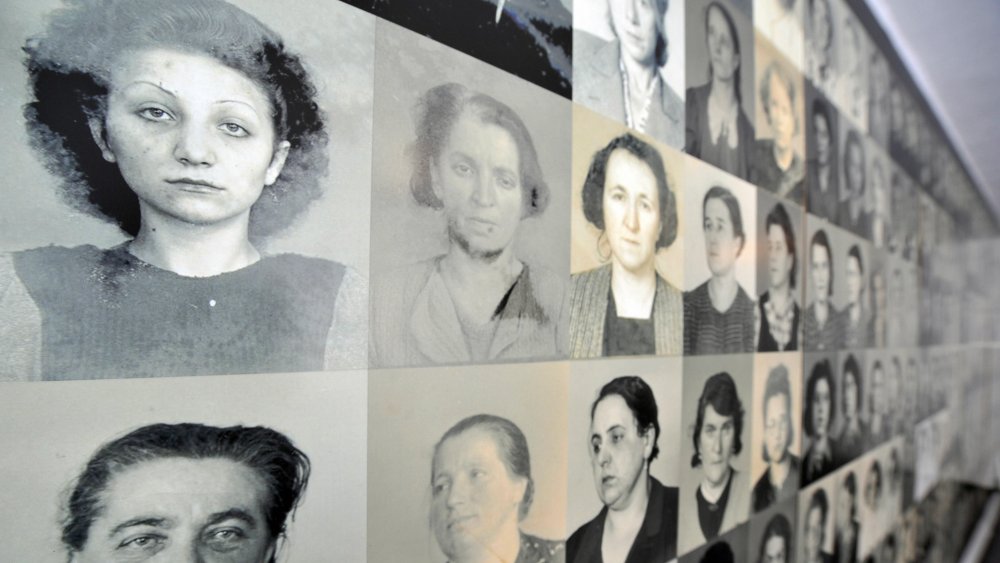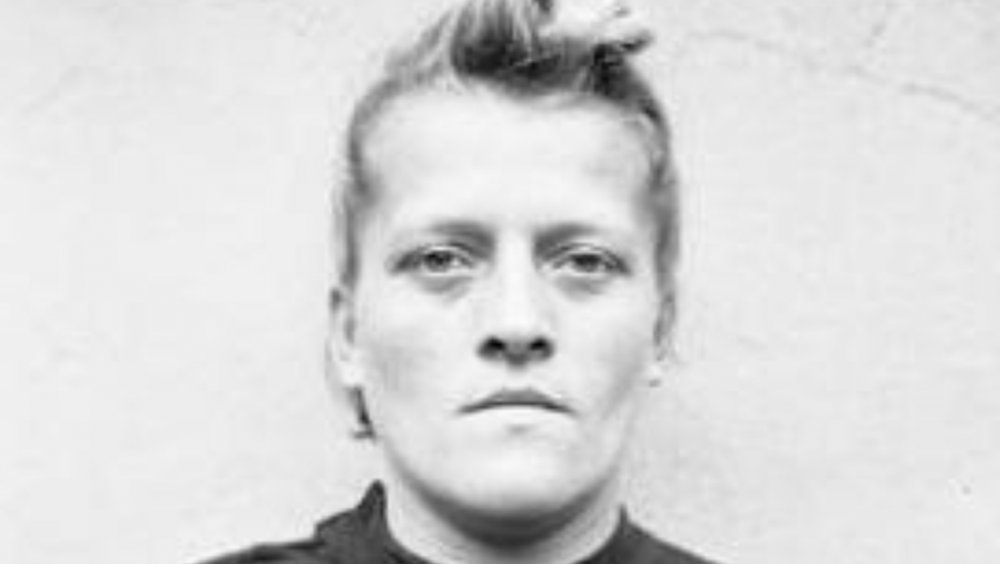Ravensbruck: The Story Of The All-Woman Nazi Concentration Camp
While researching for her book, The Jewish Women of Ravensbrück Concentration Camp, Dr. Rochell Saidel came across the story of Gemma La Guardia Gluck, whose brother Fiorello La Guardia was the famed New York mayor that LaGuardia Airport is named for, according to Classic New York History. Gluck was an American Jew living in Budapest, Hungary when the Nazis invaded and imprisoned the 65-year-old at Ravensbrück. She later learned that one of her daughters was incarcerated with her young son. Speaking with Vice, Saidel recalled what Gluck wrote about their grim reunion: "I gave one look at that baby and I thought, 'Where will I be able to bury him?'"
Gluck, whose name closely resembles the German word for "luck" and "happiness" (Glück), did indeed have a happy ending, serving alongside her family and later moving to New York. But many inmates weren't nearly so lucky. This was a place where women were whipped, beaten, shot, attacked by guard dogs, and subjected to nightmarish experiments. Per the Independent, women's legs were "cut to the bone," exposed to dirt, and intentionally infected with gangrene. Doctors cut the babies out of pregnant inmates while flirting with nurses. The overcrowding was overwhelming. With a max capacity of 6,000 inmates, the camp was later packed with 36,000 women, according to the Encyclopedia Britannica. An estimated 50,000 women died there between 1938 and 1945. This place was relentlessly inhumane. Yet the horrors of Ravensbrück went overlooked for decades.
The forgotten hell
The brutality and indigities women endured at Ravensbrück were no less significant than the hellish studies conducted by Josef Mengele at Auschwitz. Auschwitz physicians worked Ravensbrück as well, inserting dirt, glass, and gangrene into women they purposely wounded just as they did with men. But Ravensbrück didn't fit the broader narrative of the Holocaust, according to Guardian contributor Thomas Laqueur. Built in 1938, the facility held prostitutes, political prisoners, criminals, Jehovah's Witnesses, and women considered "asocial." Only 20 percent of the inmate population was Jewish.
Vice writes that Ravensbrück undermined the idea of what it what it was to be a woman. In Nazi Germany, women were often painted as plain-clad bastions of domesticity, churchgoing, child-nurturing baby-factories. But this concentration camp was a training ground for female guards. And as author Daniel Patrick observed, "The Nazis created a system whereby you were encouraged to be the most horrific human being imaginable. The training was all designed to get these women to be hard and to do what needed to be done."

